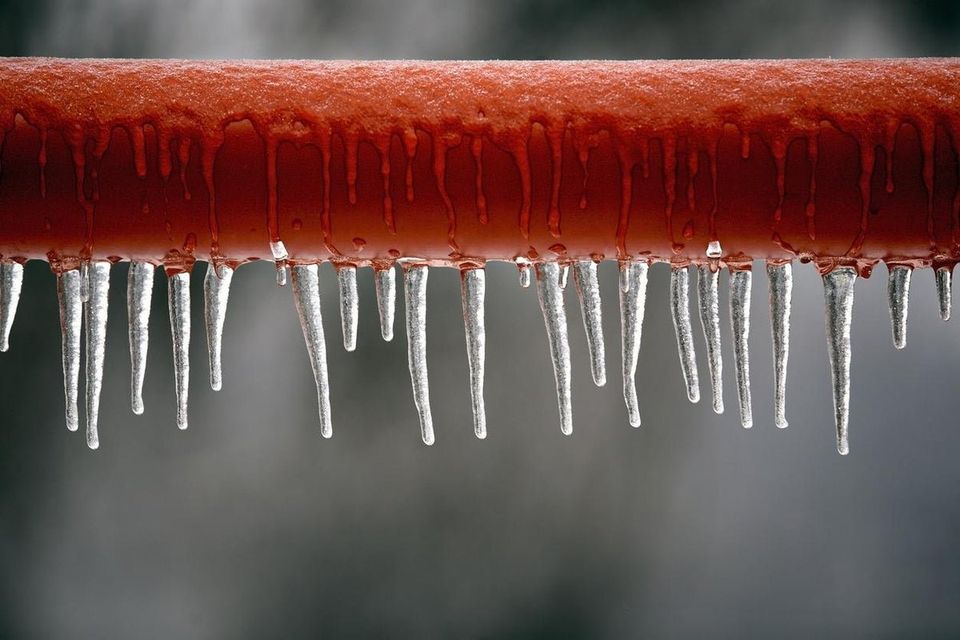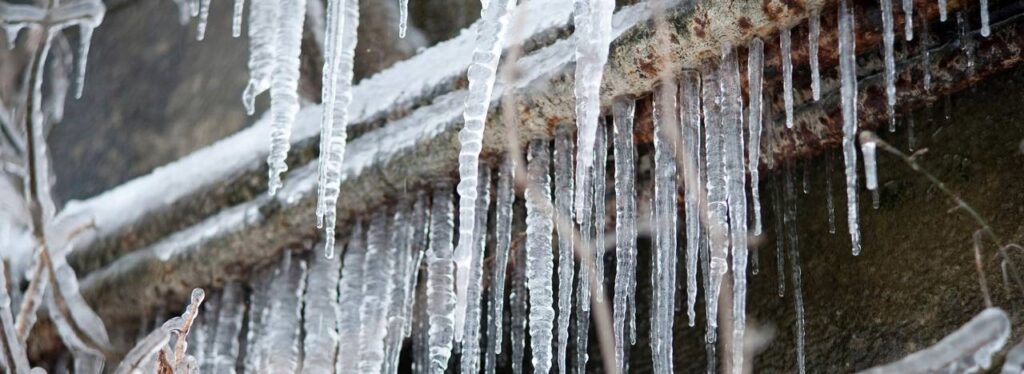Prevent Frozen Pipes in Winter: Expert Advice
Prevent Frozen Pipes in Winter: Expert Advice
Blog Article
What are your thoughts about How to Prevent Your Pipes From Freezing?

Winter can ruin your pipes, especially by freezing pipelines. Right here's exactly how to avoid it from occurring and what to do if it does.
Introduction
As temperatures drop, the risk of frozen pipelines boosts, potentially causing expensive repair work and water damage. Understanding just how to avoid frozen pipelines is crucial for house owners in cool environments.
Recognizing Icy Pipes
What creates pipes to freeze?
Pipes freeze when revealed to temperatures listed below 32 ° F (0 ° C) for expanded periods. As water inside the pipes freezes, it increases, putting pressure on the pipe walls and potentially triggering them to burst.
Dangers and problems
Frozen pipelines can cause water supply disturbances, home damage, and pricey fixings. Burst pipes can flooding homes and create substantial architectural damages.
Signs of Frozen Pipeline
Recognizing frozen pipelines early can avoid them from bursting.
Just how to determine icy pipelines
Try to find reduced water circulation from taps, uncommon smells or noises from pipes, and noticeable frost on exposed pipes.
Prevention Tips
Shielding prone pipelines
Cover pipes in insulation sleeves or use warm tape to protect them from freezing temperature levels. Focus on pipelines in unheated or exterior locations of the home.
Heating methods
Maintain indoor areas properly warmed, particularly areas with plumbing. Open cabinet doors to permit cozy air to distribute around pipes under sinks.
Protecting Exterior Pipes
Garden pipes and exterior taps
Disconnect and drain pipes garden hose pipes prior to wintertime. Install frost-proof spigots or cover outside faucets with protected caps.
What to Do If Your Pipelines Freeze
Immediate actions to take
If you think icy pipelines, keep faucets open to relieve pressure as the ice thaws. Make use of a hairdryer or towels soaked in warm water to thaw pipes slowly.
Long-Term Solutions
Architectural changes
Think about rerouting pipelines away from outside wall surfaces or unheated areas. Include added insulation to attic rooms, cellars, and crawl spaces.
Updating insulation
Invest in premium insulation for pipes, attic rooms, and walls. Appropriate insulation aids keep consistent temperatures and decreases the risk of icy pipelines.
Verdict
Avoiding frozen pipes needs proactive actions and fast actions. By understanding the reasons, signs, and safety nets, homeowners can protect their pipes throughout cold weather.
Helpful Tips to Prevent Frozen Pipes this Winter
UNDERSTANDING THE BASICS: WHY PIPES FREEZE AND WHY IT’S A PROBLEM
Water freezing inside pipes is common during the winter months, but understanding why pipes freeze, and the potential problems it can cause is crucial in preventing such incidents. This section will delve into the basics of why pipes freeze and the associated problems that may arise.
THE SCIENCE BEHIND FROZEN PIPES
When water reaches freezing temperatures, it undergoes a physical transformation and solidifies into ice. This expansion of water as it freezes is the primary reason pipes can burst. As the water inside the pipe freezes, it expands, creating immense pressure on the walls. If the pressure becomes too great, the pipe can crack or rupture, leading to leaks and water damage.
FACTORS THAT CONTRIBUTE TO PIPE FREEZING
Low Temperatures: Extremely cold weather, especially below freezing, increases the risk of pipes freezing. Uninsulated or Poorly Insulated Pipes: Pipes located in unheated areas, such as basements, crawl spaces, or attics, are more prone to freezing. Insufficient insulation or lack of insulation altogether exacerbates the problem. Exterior Wall Exposure: Pipes running along exterior walls are susceptible to freezing as they encounter colder temperatures outside. Lack of Heating or Temperature Regulation: Inadequate heating or inconsistent temperature control in your home can contribute to frozen pipes. PROBLEMS CAUSED BY FROZEN PIPES
- Pipe Bursting: As mentioned earlier, the expansion of water as it freezes can cause pipes to burst, resulting in significant water damage.
- Water Damage: When pipes burst, it can lead to flooding and water damage to your property, including walls, ceilings, flooring, and personal belongings.
- Structural Damage: Prolonged exposure to water from burst pipes can compromise the structural integrity of your home, leading to costly repairs.
- Mold and Mildew Growth: Excess moisture from water damage can create a favorable environment for mold and mildew growth, posing health risks to occupants.
- Disrupted Water Supply: Frozen pipes can also result in a complete or partial loss of water supply until the issue is resolved.
WHY CERTAIN PIPES ARE MORE PRONE TO FREEZING
- Location: Pipes located in unheated or poorly insulated areas, such as basements, crawl spaces, attics, or exterior walls, are at higher risk of freezing.
- Exterior Pipes: Outdoor pipes, such as those used for irrigation or exposed plumbing, are particularly vulnerable to freezing as they are directly exposed to the elements.
- Supply Lines: Pipes that carry water from the main water supply into your home, including the main water line, are critical to protect as freezing in these lines can affect your entire plumbing system.
- Underground Pipes: Pipes buried underground, such as those connected to sprinkler systems or outdoor faucets, can be susceptible to freezing if not properly insulated.
https://busybusy.com/blog/helpful-tips-to-prevent-frozen-pipes-this-winter/

As a devoted reader on How To Avoid Freezing Pipes, I was thinking sharing that blog post was a smart idea. Liked our article? Please share it. Help others discover it. We love your readership.
Visit The Following Page Report this page